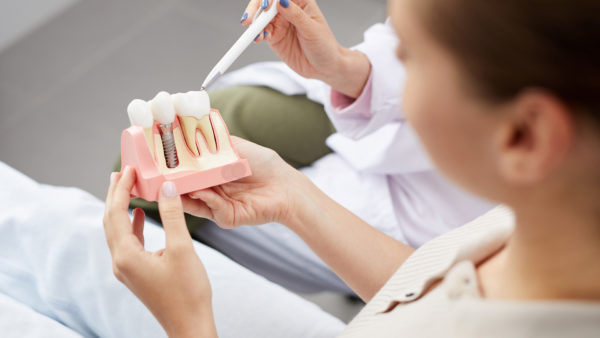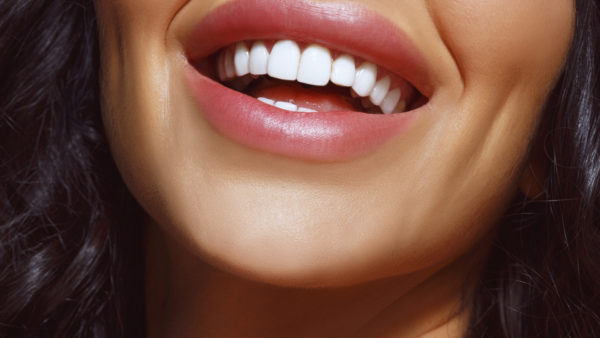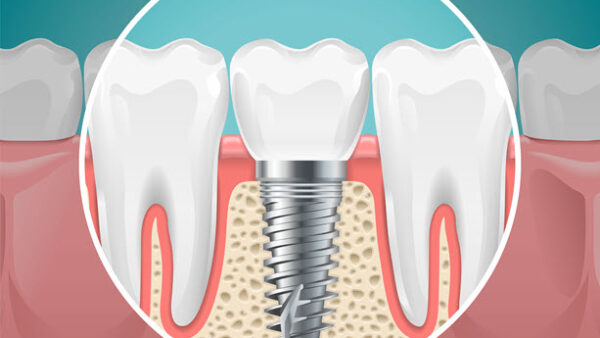Orthodontics is a dental specialty focused on diagnosing and treating misaligned teeth and problems of the jaw. For several decades, orthodontists mostly saw only teens and young adults. However, over the past few years, orthodontic treatment has become more popular among adults.
In addition to having teeth that are visually more appealing, orthodontics can also make your teeth easier to clean. Depending on the dental challenges you face, orthodontic treatment could also improve your speech.
Treatment is effective at any age, though the American Dental Association recommends children get an assessment for orthodontics near age seven. Earlier treatment plans can prevent children from struggling to care for their oral health or experiencing jaw pain due to overbite, underbite or crossbite issues.
What Can Orthodontics Treat?
Orthodontics can go hand-in-hand with maxillofacial and cosmetic dentistry. Some of the most common dental challenges and conditions that orthodontics treats include:
-
Overbites and underbites: when the jaw closes, the lower and upper jaws and teeth should meet up nicely. When they don’t, it’s considered an overbite (upper teeth sit further forward than the lower teeth) or an underbite (lower teeth sit further forward than upper teeth).
-
Overcrowding: when the mouth doesn’t have enough space for all the teeth during a child’s growth and development, it can lead to overcrowding where teeth overlap. This makes the teeth harder to clean and care for, which can lead to cavities.
-
Aesthetics: one misaligned tooth can harm the entire aesthetics of your smile. Orthodontic treatment can help fix these aesthetic treatments while also adjusting overcrowding or overbites and underbites. By altering the eeth, a dentist can change the look of a person’s lip, jaw or face.
Options for Orthodontic Treatments
Advances in technology have provided patients many options when it comes to orthodontic treatment. Orthodontists have more insights into a patient’s tooth structure, gums and jaw thanks to advances in X-ray technology, including digital X-rays, which enable a dentist to zoom and examine different areas of the mouth.
Once your dentist has recommended orthodontic treatments, you have several options for your treatment. Choose the one that best fits your lifestyle and preferences.
-
Braces: the dentist attaches a metal or ceramic base to the teeth. Then they place a wire through the base. With minor wire adjustments, the dentist can move the teeth. Once you and your dentist have attained the smile and goals you set, your dentist will remove the braces.
-
Removable orthodontic devices: headgear can correct overbites. Hawley retainers are an option for improving teeth’s position. Facemasks can correct an underbite. Talk to your dentist about options for improving your smile using removable devices.
-
Invisalign®: custom clear trays fit snugly over the teeth to straighten them. These transparent trays are nearly invisible to the eye and can be removed for eating, drinking and special occasions. Some dental problems are not ideal for Invisalign® so be sure to discuss what your dentist recommends.
Start working toward the smile you’ve always dreamed of with a consultative visit to our office.





Leave a Reply